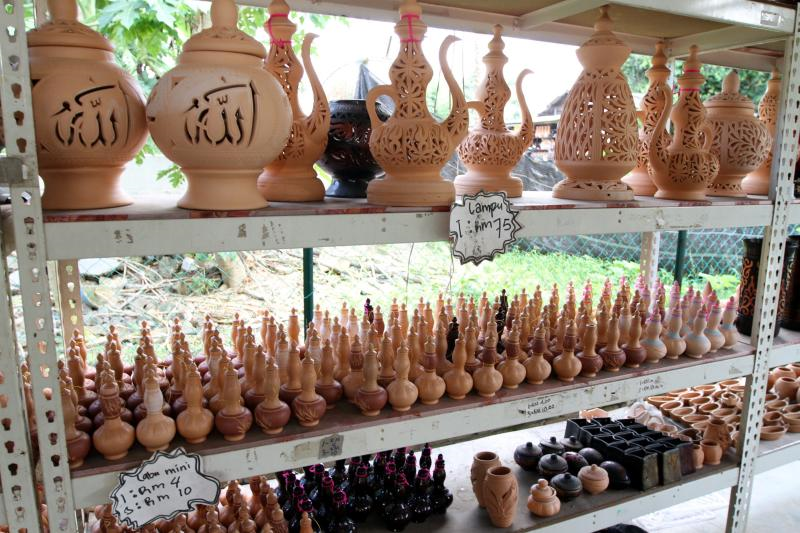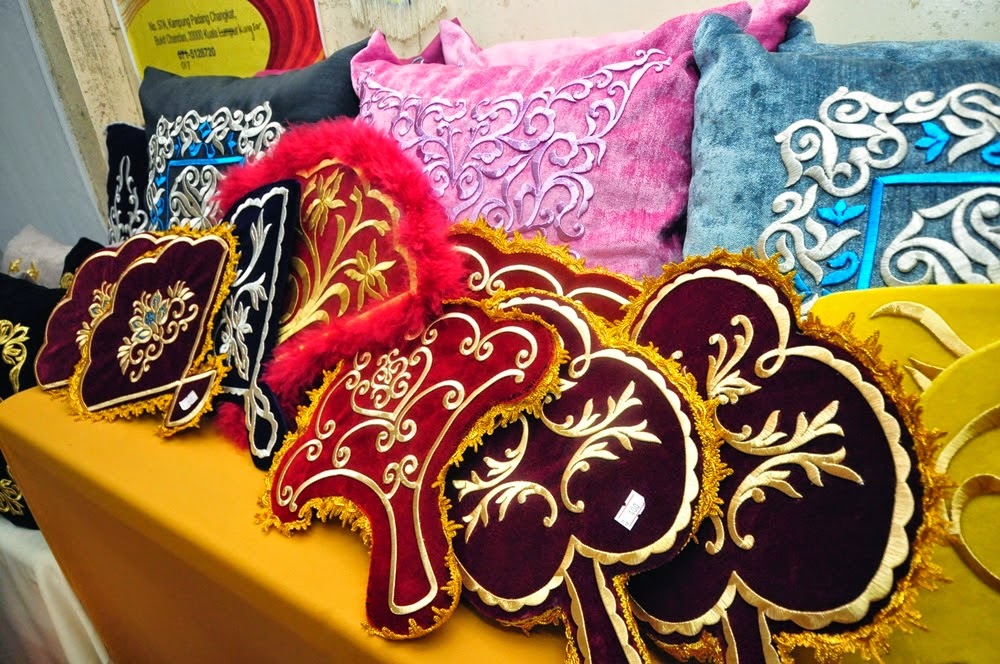PLACES TO VISIT
Pavilion Tower
This three-storey building was built in 1920 before the completion of Istana Iskandariah which was completed in 1933. The architecture and design of this elegant traditional tower was built facing a spacious field. The Pavilion Tower was built during the reign of Sultan Iskandar Shah (the 30th Sultan of Perak) who ruled Perak from 1918 to 1938. The architect who was responsible for the successful construction It is said that the Pavilion Tower was used as a recreation center for the wives of palace officials and significant other for any special ceremony and celebration.
Ubudiah Mosque
The Ubudiah Mosque in Bukit Chandan, Kuala Kangsar, Perak which is considered one of the most beautiful mosques in Malaysia and is a symbol of pride and faith for Muslims in Perak. The architect assigned to design this mosque is Mr. Hubbeck, who used the 'Moor' architect and Mr Caulfield, the Perak State Engineer, carried out the construction of this Mosque. An artist inspired by Mr. Hubbeck has made the Ubudiah Mosque one of the mosques with high artistic value so that it has a place in the tourism plan. The golden dome and minaret of the mosque are evidence of the beauty of Islamic architecture.
Sultan Azlan Shah Gallery
On December 9, 2003, His Royal Highness Sultan Azlan Shah formally launched the Sultan Azlan Shah Gallery. It was restored from the Istana Ulu, which was constructed in 1898, and is situated at Bukit Chandan, Kuala Kangsar. It preserves and exhibits the significant events of His Royal Highness Sultan Azlan Shah's remarkable life. The Sultan Azlan Shah Gallery offers insights into the Perak Royal Family, His Royal Highness Sultan Azlan Shah's vital services to the country and the State of Perak, as well as Perak's rich cultural legacy.
Istana Iskandariah
Since its completion in 1933, the Istana Iskandaria building is situated on the former site of the National Palace. The site where Istana Iskandariah is situated is 10,435 square metres. The pillars' decoration is intended to convey the idea of a government that protects the interests of trust and seeks God's guidance in matters of religion for both itself and the citizens of its conquered colonies. While the Alang Penaga pattern's design conveys a general impression of a lively and joyful mood at the King's Council as well as a King who is peacefully surrounded by dignitaries and commoners.
Perak Royal Museum
In 1926, a Malay carpenter named Haji Suffian worked to construct the Kuala Kangsar Royal Museum (formerly known as Istana Kenangan). Amazingly, Istana Kenangan represents traditional Malay architecture. The walls of Istana Kenangan are composed entirely of slatted hard wood, while the roof is made of wooden planks decorated with five-striped and combed bananas. The building of this Istana Kenangan did not involve the use of iron nails. The palace features tepas weaved with traditional Malay weaving patterns and is embellished with intriguing Malay carvings.
Baitul Rahmah
Located near the Ubudiah Royal Mosque, there is an old house that is still beautiful and beautifully designed so that it will definitely make you feel stunned to see it even though it looks a bit worn out even it is left empty already. This house is known as Rumah Baitul Rahmah which was built in 1911 and is over 100 years old. King Harun Al Rashid is very fond of carving and has several palaces whose designs are admired such as Baitul Aman, Baitul Rahmah and Baitul Anor. Nevertheless, the condition of the house and the surrounding area is still well maintained and tidy.
Sultan Abdul Jalil Shah Bridge
The Sultan Abdul Jalil Shah Bridge is one of two bridges that cross the Perak River in Kuala Kangsar. The distance is 330 meters, it facilitates daily travel between residents in Sayong and the surrounding villages who want to carry out daily activities in Kuala Kangsar Town. Before this bridge was built, residents on the other side of the river used miner boats to cross the Perak River. The Sultan Abdul Jalil Shah Bridge is beautifully decorated with plant motif carvings. The view of this bridge at night is also exciting with the light that can be seen from Bukit Chandan, Kota Lama Left / Right and the surrounding area.
Labu Sayong Craft Centre
When we say Labu Sayong, it is very similar with the state of Perak Darul Ridzuan. Why? Because the origin of the sayong gourd is from Perak. This pottery craft has long been established in the state of Malaya. According to history, this pottery craft started since the stone age. There is evidence of the discovery of artifacts that refer to the art of pottery. But for the history of this Labu Sayong, there are several versions. In terms of history, there are various stories that exist about the origin of the creation and development of the Labu Sayong company in Perak. At first, people used to make this sayong pumpkin for their own use, but over time it turned into a commercial.
Tekat Benang Emas
The art of tekat, also known as bersujia, was very popular in manufacturing for use in clothing for the Sultan of Perak at one time. The origin of the word tekat carries the meaning of the word for the verb that means making the work of embroidering thread on the base fabric. In the art of embroidery which is the heritage of the state of Perak, the thread used is gold thread and the base fabric used is velvet type fabric. This is the uniqueness that makes it different from other tekat art. Tekat art is usually the result of the handwork of women who have high creativity and it is said to complete a complete Tekat art, it takes quite a long time.
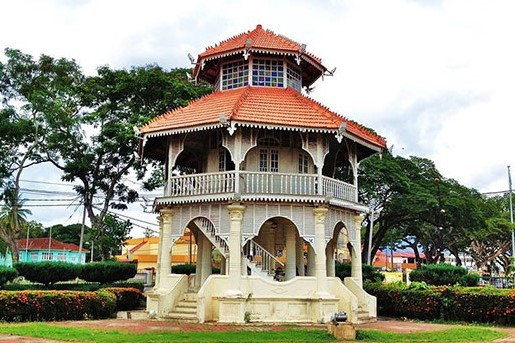

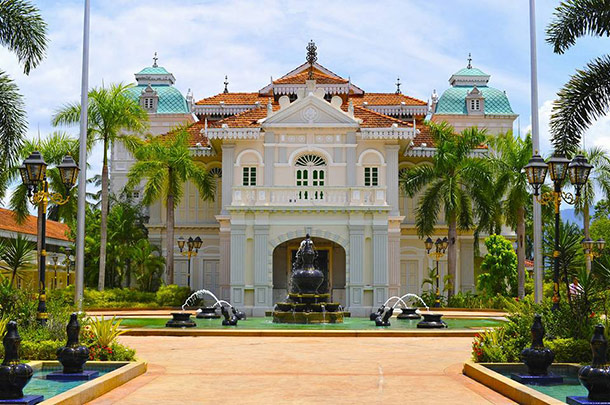
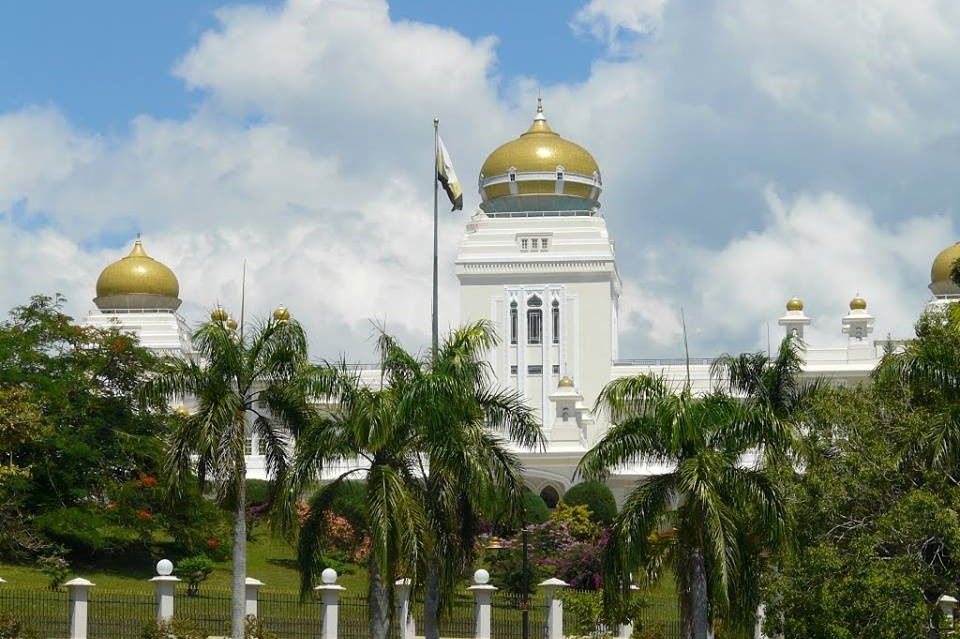


.jpg)
